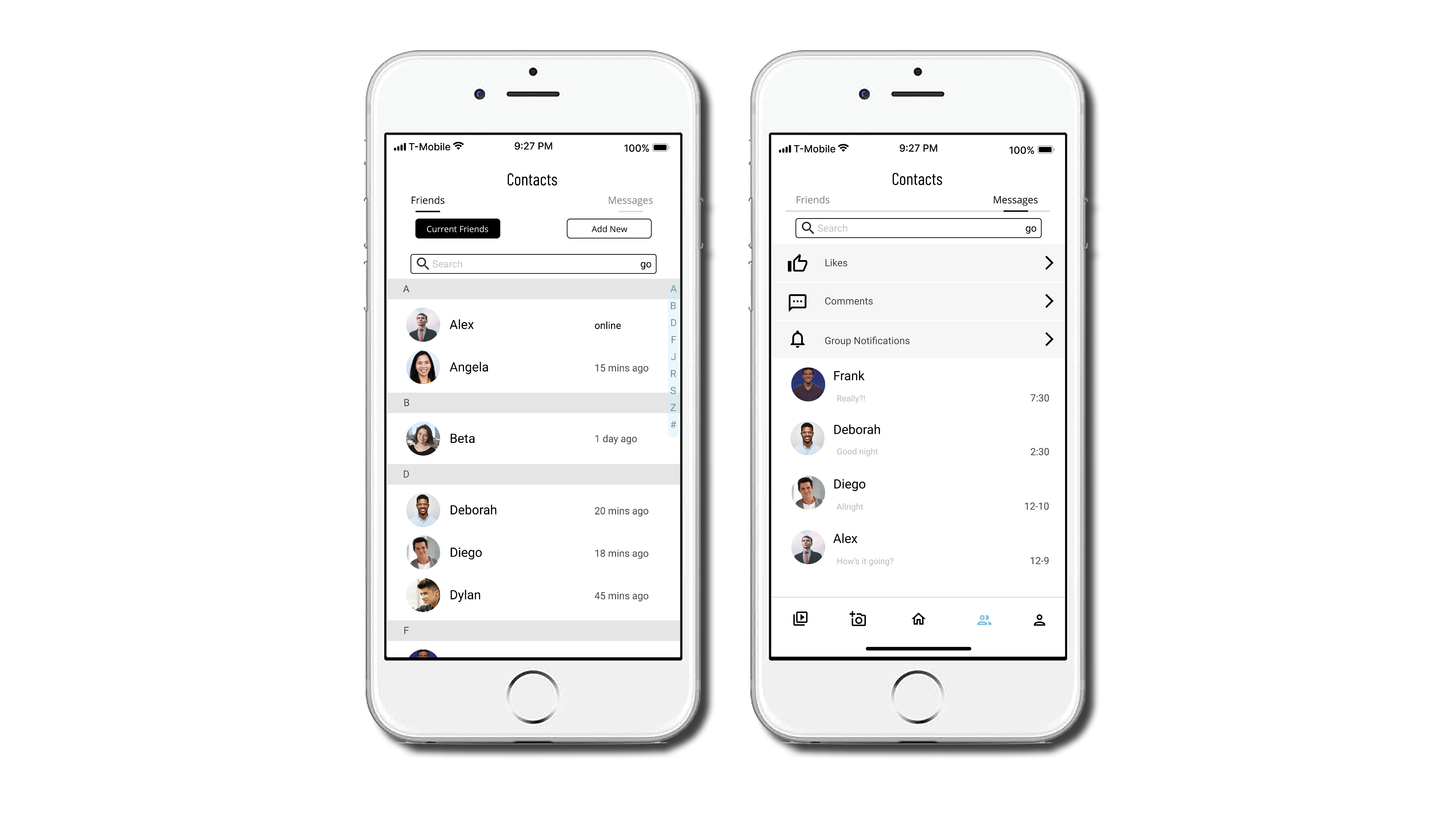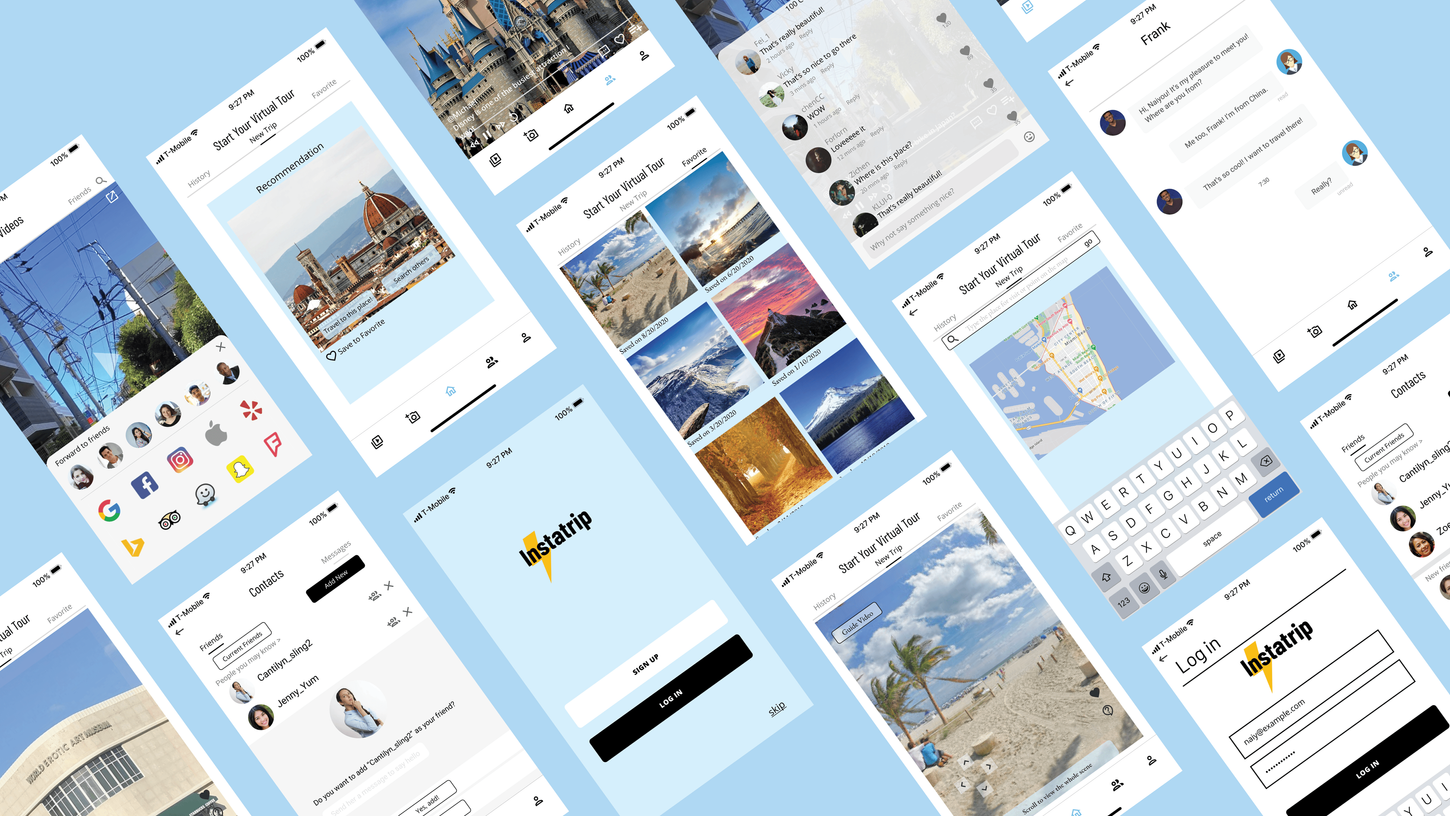Role: UI Designer/UX Researcher(Individual Project)
Tools and methods: Concept map, Figma, Miro, Procreate, Zoom, User interviews, Wireframing
Timeline: 10 weeks

Instatrip
See the world just at your home
With Covid-19 virus outbreak and its post impact, the world could never go back to the way it used to be.
The project focused on the users’ experience during the pandemic and tried to solve the issues that related to pandemic.
By providing an online platform, "Instatrip" for consumers to enjoy a virtual trip, users can not only see the tourist attractions virtually but also get to interact with them.
Problem statement
"How can we identify innovative opportunities to enhance user experience in the face of unprecedented challenges such as the COVID-19 pandemic or similar events in the future?"

Solution
By talking to people about their experience during Covid-19, I gained insights about their journey. I made journey map of the whole experience with possible design opportunities. With that in mind, I did a storyboard to show how "Instatrip" will benefit the users. Then I developed information architecture based on the design goals, followed by the task flows.
User journey map
Some of the key insights:
-
Users are struggling with cancelling tickets that are impacted by COVID.
-
People are enjoying the online videos with interaction features.
-
The website for online classes that some users took are confusing and not user-friendly.

Storyboard
What changes if we add our design concept to the experience?
Information architecture
Based on the insights found from user journey, an information architecture was created to identify the main features and needs for the online platform with the logic in mind.
User flows/task flows
With the help of information architecture, the design of platform follows the user needs. The next step involves user flows that help with the interaction rules. Each task represents a unique need or goal from the audience. The task is designed for easy accomplishment with a minimal learning curve, aligning with users' typical app usage habits.
High-fidelity design
After the user flows were revised and matched with user needs based on feedback and testings, the design moved to final step of choosing color schemes, typography, visual elements to complete the high-fidelity prototype.
Final prototype display














